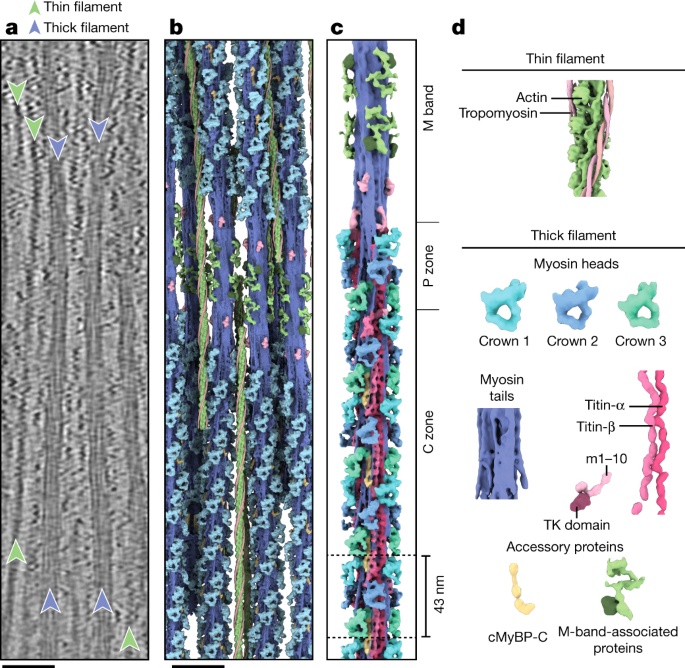2023-10-31 オークリッジ国立研究所(ORNL)
◆泥炭地は世界の陸地炭素の約三分の一を保持しており、環境のストレスがこれらの地域を脅かすと、泥炭は温室効果ガスとして大気中に炭素を放出し、温暖化のペースを加速させます。環境条件の変化に対する適応力を可能にする遺伝的メカニズムを理解することは、泥炭地における炭素貯蔵を維持または向上させる戦略を考えるために重要です。
◆研究者は、S. divinumのタンパク質の3D構造を予測するために高度な計算手法を使用し、これらのタンパク質の機能に関する洞察を提供しました。約30%のS. divinumのタンパク質は定義された構造を持たないことが判明し、これらのタンパク質が熱、ストレス、および干ばつに対する応答に重要である可能性が示唆されています。
◆ORNLで開発されたデータベースと解析手法は、ミズゴケを研究し、環境条件の変化にどのように適応するかを理解するための生物学者に貴重な支援を提供します。
<関連情報>
- https://www.ornl.gov/news/researchers-develop-new-method-analyze-proteins-ecologically-significant-moss
- https://academic.oup.com/bioinformatics/article/39/8/btad511/7243992?login=false
ミズゴケの構造プロテオーム予測とプロテオームスケールアノテーション Predicted structural proteome of Sphagnum divinum and proteome-scale annotation
Russell B Davidson, Mark Coletti, Mu Gao, Bryan Piatkowski, Avinash Sreedasyam, Farhan Quadir, David J Weston, Jeremy Schmutz, Jianlin Cheng, Jeffrey Skolnick,Jerry M Parks, Ada Sedova
Bioinformatics Published:17 August 2023
DOI:https://doi.org/10.1093/bioinformatics/btad511

Abstract
Motivation
Sphagnum-dominated peatlands store a substantial amount of terrestrial carbon. The genus is undersampled and under-studied. No experimental crystal structure from any Sphagnum species exists in the Protein Data Bank and fewer than 200 Sphagnum-related genes have structural models available in the AlphaFold Protein Structure Database. Tools and resources are needed to help bridge these gaps, and to enable the analysis of other structural proteomes now made possible by accurate structure prediction.
Results
We present the predicted structural proteome (25 134 primary transcripts) of Sphagnum divinum computed using AlphaFold, structural alignment results of all high-confidence models against an annotated nonredundant crystallographic database of over 90,000 structures, a structure-based classification of putative Enzyme Commission (EC) numbers across this proteome, and the computational method to perform this proteome-scale structure-based annotation.
Availability and implementation
All data and code are available in public repositories, detailed at https://github.com/BSDExabio/SAFA. The structural models of the S. divinum proteome have been deposited in the ModelArchive repository at https://modelarchive.org/doi/10.5452/ma-ornl-sphdiv.


